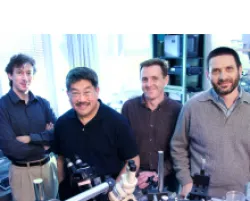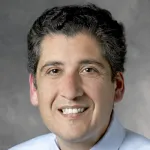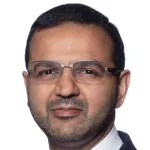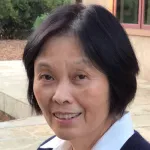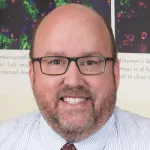
Thomas Montine - Stanford Medicine Endowed Professor in Pathology
Dr. Thomas Montine is the Chair of the Department of Pathology at Stanford University. Dr. Montine is also the founding Director of the Pacific Udall Center and the Neuropathology and Biospecimens Core leader of the Stanford Alzheimer's Disease Center.

